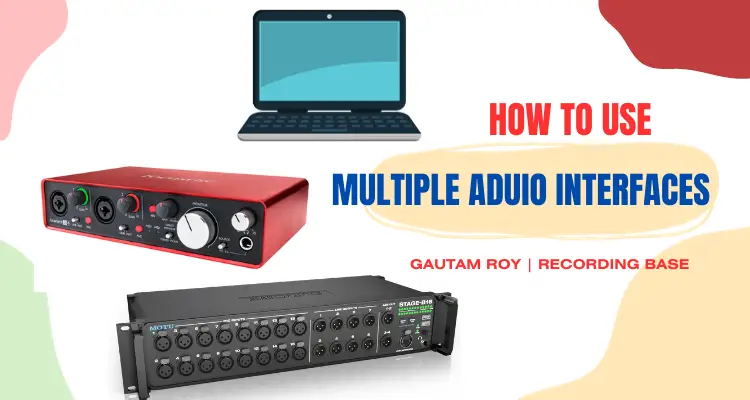DI Box or direct box is often misunderstood as Reamp Box, however, both have their own applications and characteristics.
Actually, they are not different visually When you see them, you cannot tell the difference between them.
As an audio recording enthusiast, you should know all about them to use them properly in your recordings as they have their own applications in the recording chain.
And, that’s why I’m going to describe these to you in this article. In this article, you are going to get in-depth knowledge of DI box vs Reamp Box and then you can tell the difference between them.
Table of Contents
DI Box Vs Reamp Box
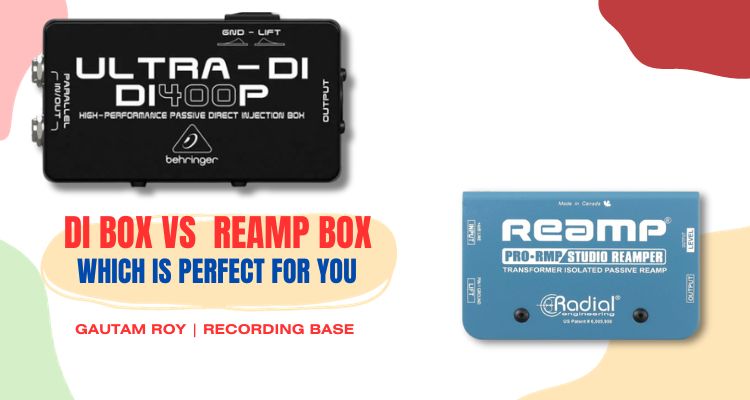
Related,
So, without taking more time, let me start this article.
What is a DI Box?
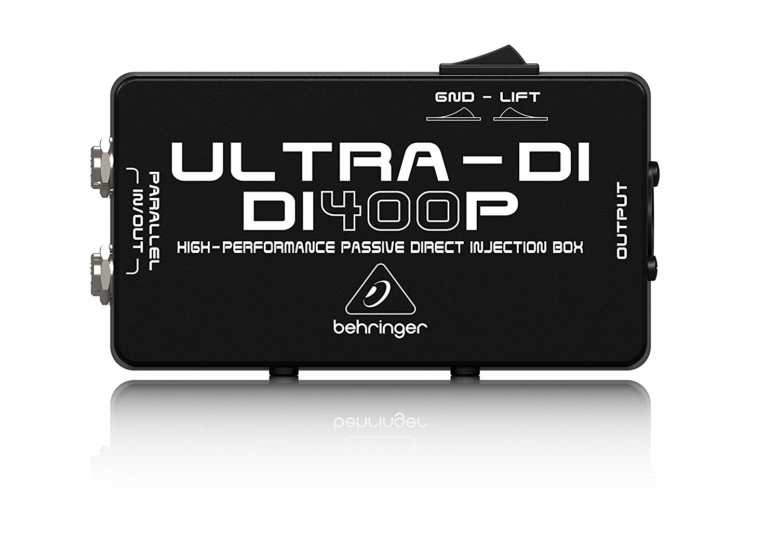
DI box is an audio equipment that converts high-impedance, unbalanced instrument signals into low-impedance, balanced signals.
Low impedance and balanced signals are suitable for recording and post-mixing work. DI Box is used with guitars and other acoustic instruments to connect with audio mixers or recording interfaces.
Disclosure: This post may contain affiliate links, which means we may receive a commission if you click a link and purchase something that we recommended. Read more about Affiliate disclosure here.
DI Box converts a guitar’s high impedance signal, full of interference and signal loss over long cable runs to balanced signals to record and playback.
DI Box helps eliminate ground loops, which is one of the main causes of unwanted hums and noise in recording studios.
DI Box ensures a clean, high-quality audio signal in live sound setups, recording studios, and broadcasting systems.
What is a Reamp Box?
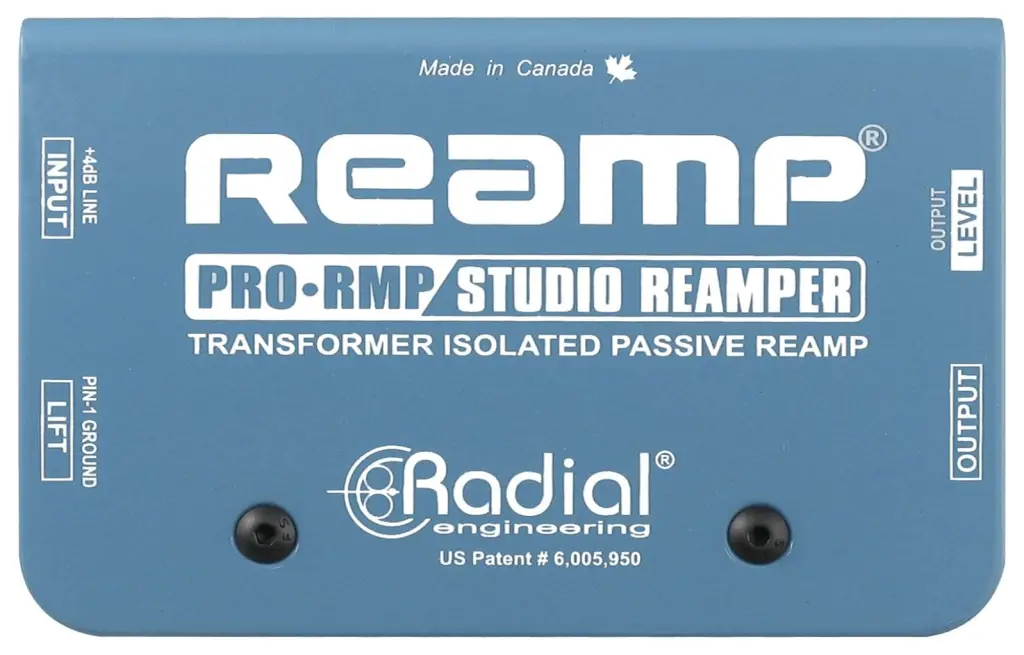
To understand the Reamp box, you should first understand “what is Reamping”. Reaming is actually a process in which a pre-recorded audio track is sent out of the recording environment and played through the external amplifier.
The purpose of re-amping is to capture the unique characteristics of analog musical instruments like guitar etc and enhance the sound to the perfect level.
Reamp box is a set of tools that helps to enhance the sound of analog instruments before being sent to the external amplifiers.
This tool manages the electrical qualities of the audio signal. This enhanced signal then routes through the pedals, effects and amps before being recorded again.
The Reamp box balances the impedance and other electrical characteristics of the analog sound and matches it with the recording equipment characteristics.
Now you know about DI box and Reamp box, let me explain the types of DI boxes.
Types of DI Box
Generally, there are 3 types of DI boxes. Active DI boxes, Passive ones and Built-in DI boxes.
Active DI Box
Active DI boxes are built to actively boost and balance the audio signal of high-impedance instruments like electric guitars and basses.
These DI boxes are mainly used in live sound setups where there are fewer resources to arrange outer circuitry.
They have built-in electronic circuitry that is used to enhance and boost the signal to the line level.
In active DI boxes, built-in preamplifiers are used to amplify the instrument signal before it enters the mixer or recording interface.
Active DI boxes are useful if you are using long-length cables.
The only demerit of active DI boxes, they need an external power source to power the built-in circuitry. Either they have a chamber for batteries or they run on an external power source like a power adapter.
Passive DI Box
Passive DI boxes do not require an external power source. They run through the use of transformers that do not have active electronic components. That’s why they do not need external power sources.
Passive DI Boxes are equipped with transformers that boost the audio signal to the line level without any power source.
This converts the unbalanced high-impedance signal from an instrument to a balanced, low-impedance signal.
However, it’s a continuous debate that which one converts the signal better. But from my personal experience, Passive DI Box is better than Active DI Boxes.
Built-in DI box
Built-in DI Box is actually not a separate DI box but it’s built inside some audio equipment, such as amplifiers and audio interfaces.
These integrated DI Boxes come inside the audio equipment which eliminates the need for a separate DI Box and the same functionality as a DI Box.
If you search the market, you will find some guitar amplifiers equipped with a built-in DI box. With these amplifiers, you can connect your instruments directly to a sound system or recording interface.
Some audio interfaces come with an integrated DI Box which amplifies the high-impedance audio signals.
What is Reamping Technique?
As I have elaborated above, reamping is a technique in which audio signal from a direct output of an instrument is sent back through amplifiers and effects for additional processing.
This technique gives you greater flexibility to shape the sound during mixing and mastering.
In this process, first, the audio signal is recorded on the computer then sent back to the amps and other effect processors to add analog characteristics and then recorded back to the recorder or to the power amplifier in live sound setups.
This arrangement allows you to adjust the tonal quality of the audio signal in a better way and flexibility.
Active Reamp Box
Active reamp box is similar to active DI boxes but the process is just the opposite from the DI box.
Active reamp box converts a balanced line-level signal into an unbalanced instrument-level signal. This will allow you to reamp the audio signal in the post-production stage.
Active reamp boxes need an external power source to process the signal. Either you need batteries or a power adapter to power up the active reamp box.
Passive Reamp Box
Passive reamp boxes are same as active reamp boxes. The only difference between them is passive reamp boxes do not require an external power source to power up the circuitry.
Differences Between Reamp Box and Direct Box
Here are the key differences between a DI box and a Reamp Box.
Direct Box (DI)
- DI Box Functionality: DI Box is actually used to convert a high-impedance and unbalanced audio signal coming from a musical instrument like a guitar or bass into a low-impedance and balanced line-level signal.
- Use Cases: DI Box is commonly used in recording instruments with better signal quality.
- DI Box Features: DI box can be passive or active as I have described above. The passive DI Box has built-in transformers for signal conversion. On the other hand, active DI has electronic components for additional functionalities that require an external power source.
Reamp Box
- Reamp Box Functionality: Reamp Box is designed to convert a low-impedance and balanced line-level audio signal from a recording device such as a computer DAW back into a high-impedance and unbalanced signal which makes it possible to process the signal in post-production.
- Use Cases of Reamp Box: Reamping is actually re-recording a pre-recorded instrument audio through amplifiers, pedals and effect processors and processing the signal for better clarity.
- Features of a Reamp Box: Reamp box either active or passive makes it possible to re-record and process instrument audio to line level with an analog feel.
When to Use DI Box?
DI Box is used to connect unbalanced, high-impedance outputs such as guitar or basses to low-impedance and balanced input devices like mixers and audio interfaces.
It effectively works with long cable runs where outer interference is on the higher levels.
Guitarists and bassists use DI boxes to balance and amplify the high-impedance outputs of thier instruments in live concerts and recording studios.
DI Box is a go-to tool to convert a bad audio signal to a line-level audio signal.
When to Use Reamp Box?
A Remap Box is on the other hand mostly used in recording studios where we don’t need to immediately convert the high-impedance audio signals to to high ones.
Reamp Box is used to convert a pre-recorded high-impedance audio signal sent through different amps and effects processors to convert to a low-impedance signal.
So we don’t need a live sound setup to do this process. We can process the signal later in the mixing stage.
FAQs
Why Do I Need DI Box?
If you are a guitarist or a bassist who wants to enhance your instrument sound then you should use a DI box in series to get a balanced line-level signal before sending it to the amp.
What’s The Work of Reamp Box?
ReAmp box is used to convert a pre-recorded unbalanced and high-impedance audio signal to a low impedance and line level output signal for better clarity on the mixing stage of the music.
Which is Best For Guitarists, DI Box or Reamp Box?
It depends on the situation. DI Box does better on Live music setups where Reamp Box is best for pre-recorded signals hence works great for recording studios.
Related,

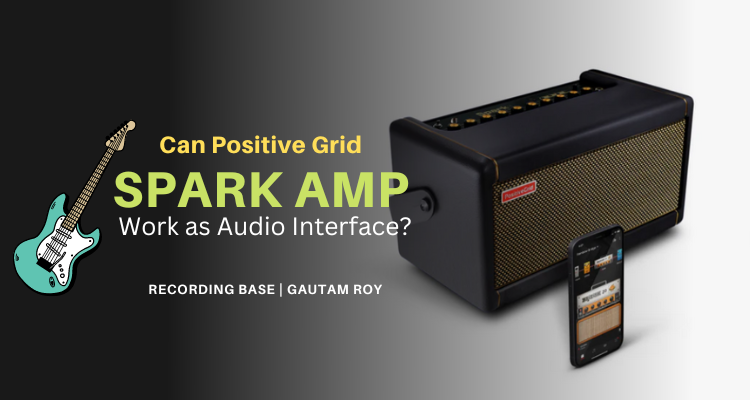
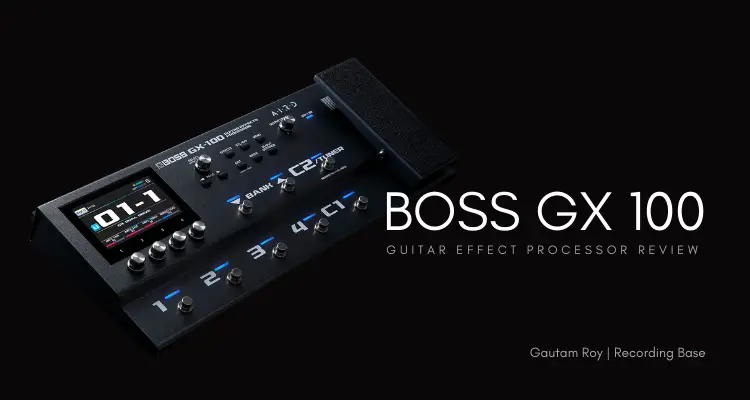
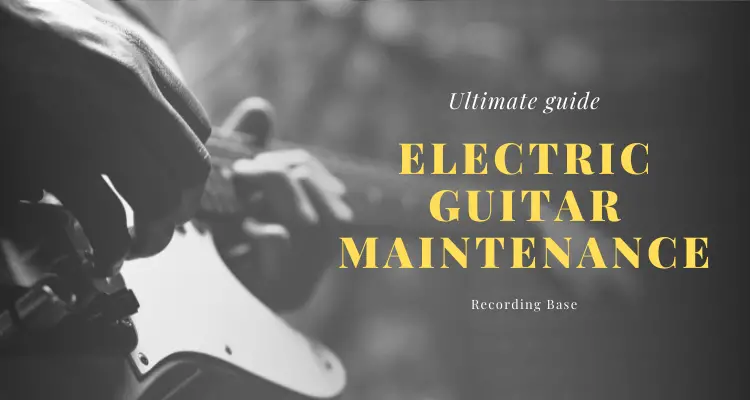
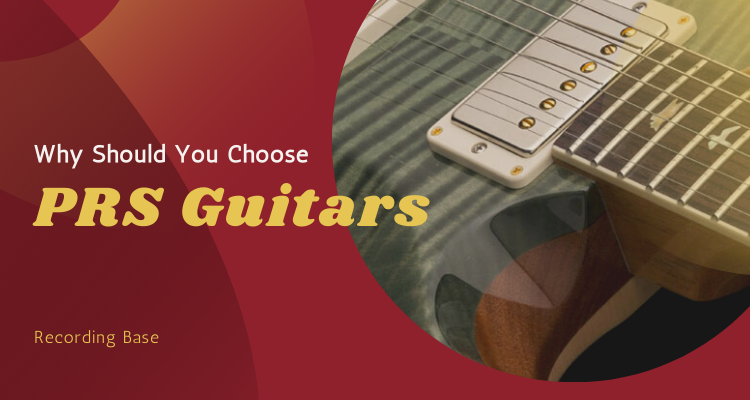

![Heritage Audio i73 PRO Series Audio Interfaces Review [2024]](https://www.recordingbase.com/wp-content/uploads/2024/01/Heritage-Audio-i73-pro-series.jpg)

